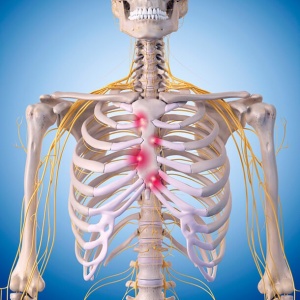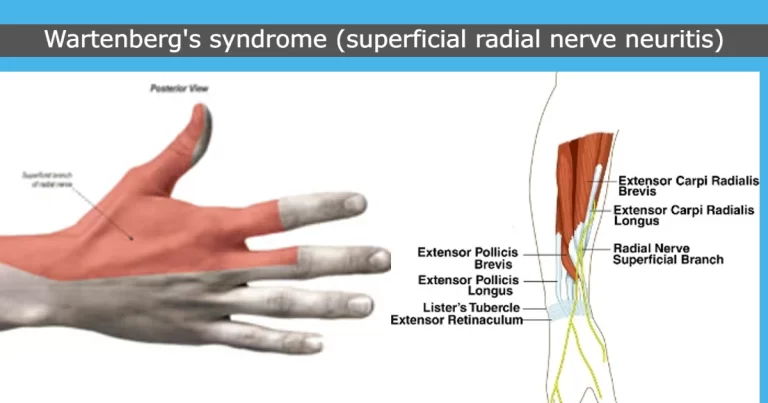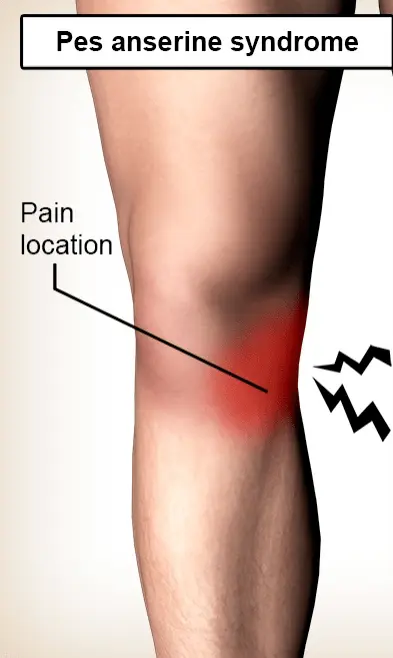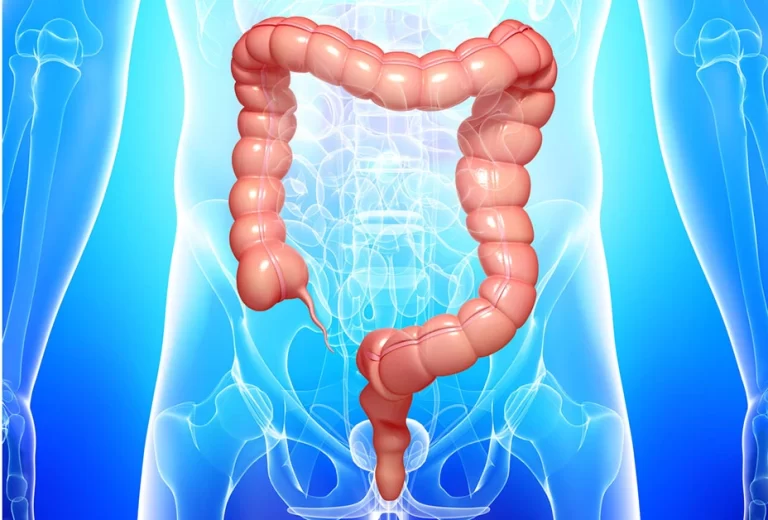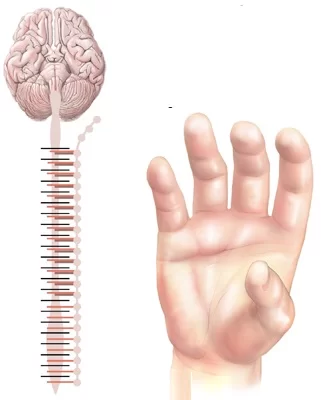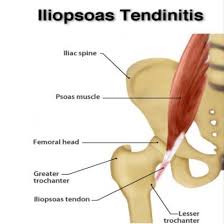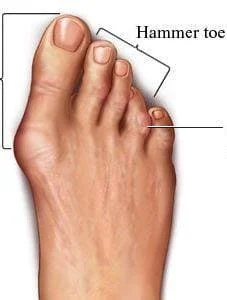Tietze and Physiotherapy management
- Costochondritis is a painful chronic inflammation of the cartilage of one or more costae at the transition between sternum and cost. Only when a swelling occurs underneath sternum and/or a reddening of the skin 4at the painful spot, it’s called Tietze’s syndrome .
- Tietzes syndrome usually affects the third, fourth and fifth costochondral joint. The manubriosternal and xiphisternal joints are less frequently affected. Joint swelling distinguishes the condition from costochondritis.
- Tietze’s syndrome is supported by an elevated erytocryryte rate and more morning stiffness.With Tietze syndrome a local swelling is visible of the involved costal cartilages and patients complain of chest wall pain.
- Tietze’s syndrome causes severe pain when coughing and deep breathing. It’s not life-threatening or contagious but it is a fastidious and painful condition. Costochondritis and the Tietze’s syndrome are often confused but are two different diseases.
Clinically Relevant Anatomy
- The thorax is part of the human body and is located between the neck and the abdomen. Our thorax is composed of the clavicula, sternum and 24 ribs, 12 ribs at each side.
- Ten of the 12 ribs are connected to the sternum by cartilage. The purpose of the cartilage is to make the thorax flexible during the respiration.
- The ribs articulate posteriorly with the proc. transversii of the thoracic vertebrae. These junctions are called the costotransverse joints. The ribs also articulate with the body of the vertebrae. These articulations are called the costovertebral joints.
Etiology
- The etiology of Tietze syndrome is unknown but Tietze syndrome is often associated in acute cases associated with viral respiratory tract infections.
- Also, microtraumas to the costosternal joints underlie the Tietze syndrome.Tietze syndrome can occur in children, infants, and adults. The ratio of men to women is 1:1. Lesions are in more than 80% of the patients single and unilateral.
Clinical Presentation
- The cartilage connects sternum with costae and clavicule and makes the movement of the thorax possible while breathing.The inflammation of the cartilage of one or more costae causes a red, warm swelling of the cartilage.
- This will be both visible and palpable.There is pain with a varying intensity in the chest wall and this pain aggravated by movements of the torso, deep breathing, coughing and exertion.
- Pain occurring during the palpation of the painful spot suggests costochondritis but the pain could also have an origin as cardiac tumor From the pain of inflammation, the normal movement in joints is disrupted, the movements of the shoulder crepitates and pain may occur.
- Complaints occur gradually and can disappear spontaneously after some days but it may take years to disappear. Even after a spontaneously healing, the complaints can return on the same place or another spot around the costae.
- Patients with Tietze syndrome may experience functional limitations. The activity of the trunk and upper limb can be restricted. Daily activities like ironing, brushing hair, lifting something may be difficult.
Examination
- On physical examination, a slight firm swelling on the involved site and sometimes a local heat. A spontaneous pain originate after local palpation of this area.By palpation of the pectoralis major, pectoralis minor and the sternum a tenderness can be notice.
- Pain can be reproduced with retraction, protraction or elevation of the shoulder or deep inspiration. Tietze’s syndrome leads to a limitation of muscle strength and upper limb range of motion.
- Patients with Tietze’s syndrome can be imitated in activities of daily living like: ironing, lifting, combing and brushing hair, but normally the disability of Tietze’s syndrome is minor.
- When there is only an inflammation of the cartilage of one or more costae at the transition between the sternum and the costae, you can speak of costochondritis If there is also a swelling present or a spot which is very painful, you can speak of Tietze’s syndrome.
Physiotherapy Management
- The treatment of Tietze’s syndrome is not yet perfect. It is not known whether the disease is dealt definitely or not. So the treatment of the Tietze syndrome is mostly symptomatic.For now, trustworthy clinical studies on the treatment of Tietze’s syndrome are lacking.
The physiotherapist can:
- Reassure the patient by explaining the condition.
- Instruct a good body position and give exercise advise. Patients need a good balance between exercise and rest. It is important that the physiotherapist gives good information about the posture of the patient during sitting and during daily activities. It’s also important that the patient avoids repetitive movements/ activities.
- Exercises in the range of motion should be induced as soon as possible. The patient may not have pain when he is doing the exercises. If powerful exercises exacerbate the symptoms, you need to stop and avoid these kind of exercises.
- Stretching of the M. pectoralis major can be helpful. You can stretch the M. pectoralis major when you stand in a corner for 10 sec with both of your hands against the wall (like when you do a push-up). You need to repeat it a few times a day for 1 or 2 minutes.
- Use heat/ cold pads and massage to help against the overloading of muscles and to lessen the pain.Heat and cold pads are both equally effective. So the patient can choose which one he likes the most. In stead of using cold pads, the patient can also use Vapocoolant spray on the involved areas. This spray can relief the pain on the chest.
- Mobilize spine and ribs to avoid rigidity of the thorax and to reduce complaints.
- Teach the patient breathing exercises
- Exercise for shoulder and back can be provocative, therefore only when the complaints have disappeared, they can be applied.
- On the painful area they can use transcutaneous electrical stimulation and electroacupuncture. The acupuncture needle is placed within the involved spinal segment. Than low-frequency electrical currents are applied on the inserted needle.
- Dry needling : Musculoskeletal chest wall pain has traditionally been a difficult area to evaluate and treat.
- Injection therapy : with local anesthetics or corticosteroids has been previously described as a treatment method for costochondral-related chest wall pain. Results of previous research studies have indicated that dry needling may be as effective as injection therapy for various conditions.


